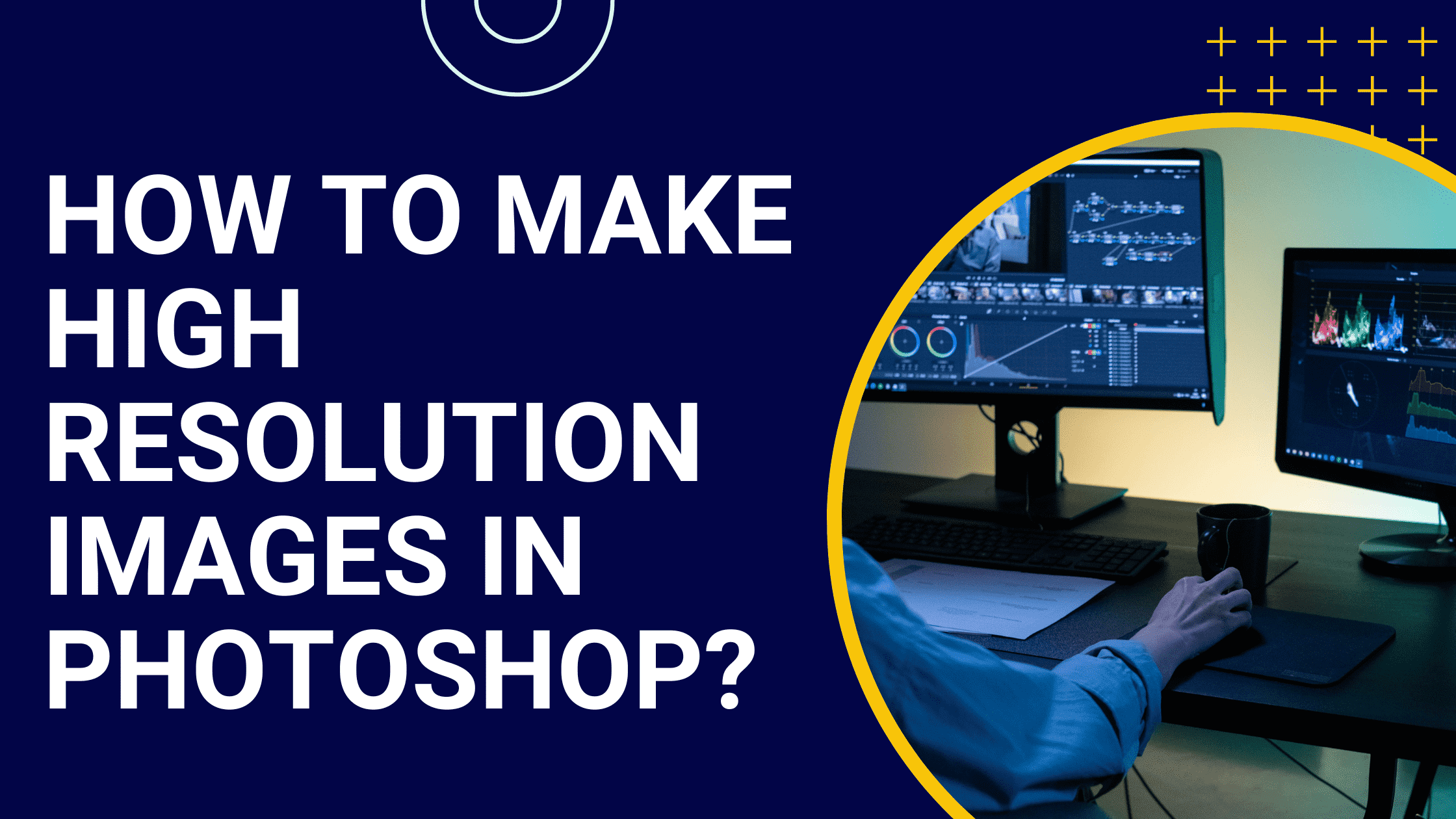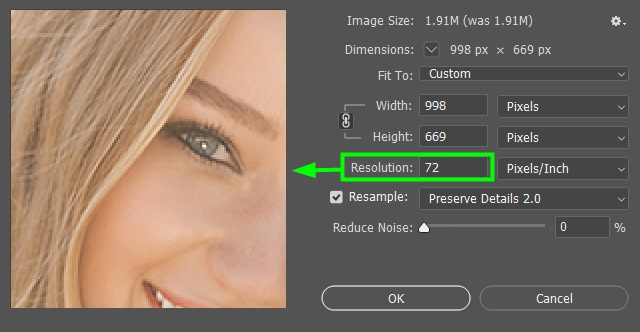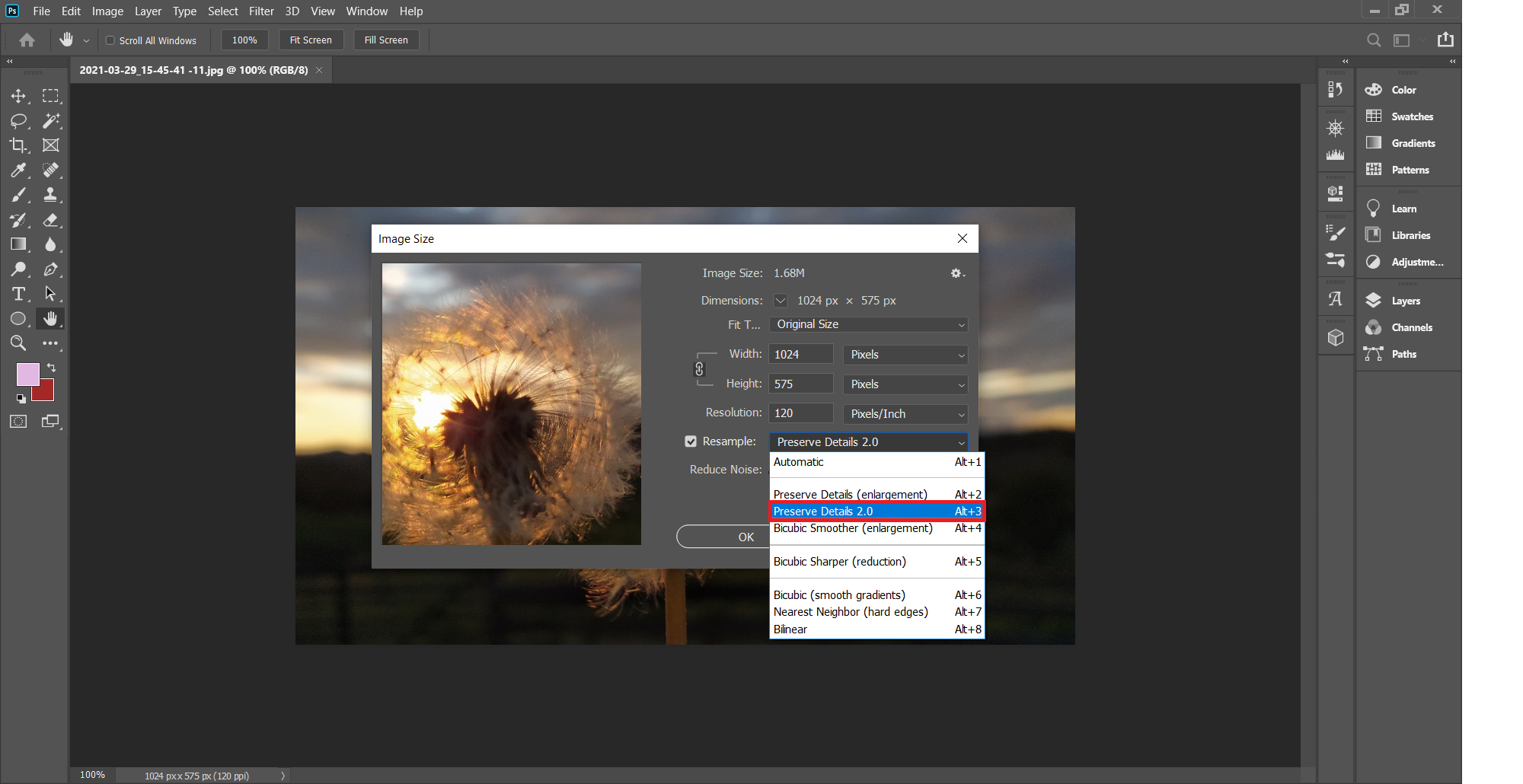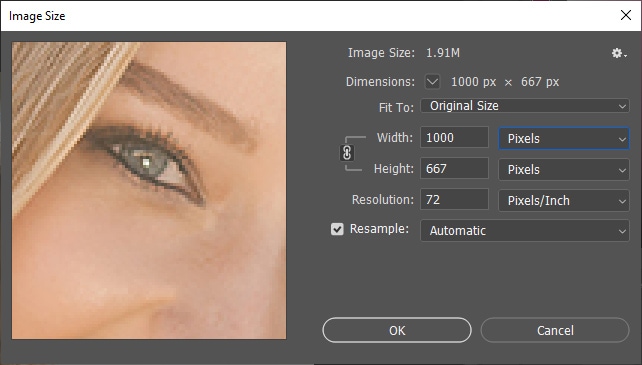How Can You Make An Image Higher Resolution

In today's digitally driven world, the need for high-resolution images is constantly increasing, from professional photographers seeking to showcase their work to individuals wanting to enhance personal photos. But what happens when you have a low-resolution image and need it to be sharper and clearer? Several techniques and technologies exist to address this challenge, each with its own set of benefits and limitations.
The process of increasing the resolution of an image is commonly referred to as upscaling. While it may seem like a simple task, artificially adding pixels to an image without losing quality requires sophisticated algorithms and careful execution. Let's delve into the various methods available to enhance image resolution.
Understanding Resolution and Upscaling
Image resolution refers to the number of pixels in an image, often expressed as width x height (e.g., 1920x1080). A higher resolution image contains more pixels, resulting in greater detail and sharpness. Upscaling attempts to create a higher resolution image from a lower one. The fundamental principle is to interpolate, or estimate, the color and value of new pixels based on the existing ones.
Software-Based Upscaling Techniques
One of the most common methods for increasing image resolution involves using specialized software. Programs like Adobe Photoshop, GIMP, and other image editors offer various upscaling algorithms. These algorithms use different mathematical formulas to predict the color and value of the added pixels, with varying degrees of success.
Traditional methods like bicubic interpolation are widely used, but newer techniques such as AI-powered upscaling are gaining popularity. AI algorithms are trained on vast datasets of images, allowing them to predict the most realistic and accurate pixel values when upscaling.
Many online tools offer AI-driven upscaling as well. These web-based services often provide a quick and easy way to enhance image resolution without requiring specialized software. However, the quality of results may vary depending on the algorithm used and the original image quality.
Factors Affecting Upscaling Quality
The quality of the upscaled image depends heavily on several factors. The original image's quality is crucial; starting with a relatively clear image yields better results than trying to upscale a heavily pixelated or blurry one. The choice of upscaling algorithm also plays a significant role. Some algorithms are better suited for specific types of images, such as photographs versus illustrations.
Additionally, the degree of upscaling matters. Upscaling an image too drastically can introduce artifacts and make the image look unnatural. It’s generally recommended to upscale in smaller increments to maintain better quality.
Over-sharpening, a common side effect of upscaling, can create harsh edges and an artificial look. It's important to carefully adjust the sharpness after upscaling to achieve a natural and pleasing result.
Limitations and Considerations
It's essential to understand that upscaling cannot truly restore detail that was never present in the original image. While advanced algorithms can create plausible estimations, they cannot invent information. Upscaling is essentially an approximation, and the results will always be limited by the quality of the source image.
Large file sizes are another consideration. As the resolution of an image increases, so does its file size. This can be a concern for storage space and website loading times. Therefore, it’s crucial to balance the desired resolution with practical file size considerations.
Real-World Applications
Upscaling technology has found applications in various fields. In the entertainment industry, it's used to enhance older films and television shows for modern displays. Law enforcement agencies use it to clarify surveillance footage. In the medical field, it can help improve the clarity of diagnostic images. The use of AI-powered upscaling continues to expand as algorithms become more sophisticated.
For personal use, upscaling can be used to improve family photos, enhance artwork for printing, or prepare images for online use. The ability to make images higher resolution provides a valuable tool for preserving and enhancing visual content.
Conclusion
Increasing image resolution is a complex process with a range of methods and considerations. While software and AI-powered tools offer effective ways to enhance images, understanding their limitations is crucial. By carefully selecting the right techniques and managing expectations, one can significantly improve the visual quality of their images.
Ultimately, the goal is to strike a balance between increasing resolution and maintaining image quality. With ongoing advancements in technology, the ability to enhance image resolution is only expected to improve, unlocking even greater possibilities for visual content creation and preservation.









:max_bytes(150000):strip_icc()/016_how-to-make-high-resolution-images-on-your-computer-or-smartphone-4588802-065ffc1e62074d0d8469cf63c09e99b0.jpg)
:max_bytes(150000):strip_icc()/024_how-to-make-high-resolution-images-on-your-computer-or-smartphone-4588802-870463722ed44c90821c4cc7371d21bc.jpg)

:max_bytes(150000):strip_icc()/025_how-to-make-high-resolution-images-on-your-computer-or-smartphone-4588802-5987c4e994954115aee7e776f88adfa1.jpg)


![How Can You Make An Image Higher Resolution 3 Excellent Methods to Increase The Resolution of Images [Solved]](https://www.aiseesoft.com/images/how-to/increase-resolution-of-image/make-picture-higher-resolution-dimension.jpg)

:max_bytes(150000):strip_icc()/017_how-to-make-high-resolution-images-on-your-computer-or-smartphone-4588802-e89dee1b35924553b94daa2576f7c188.jpg)
